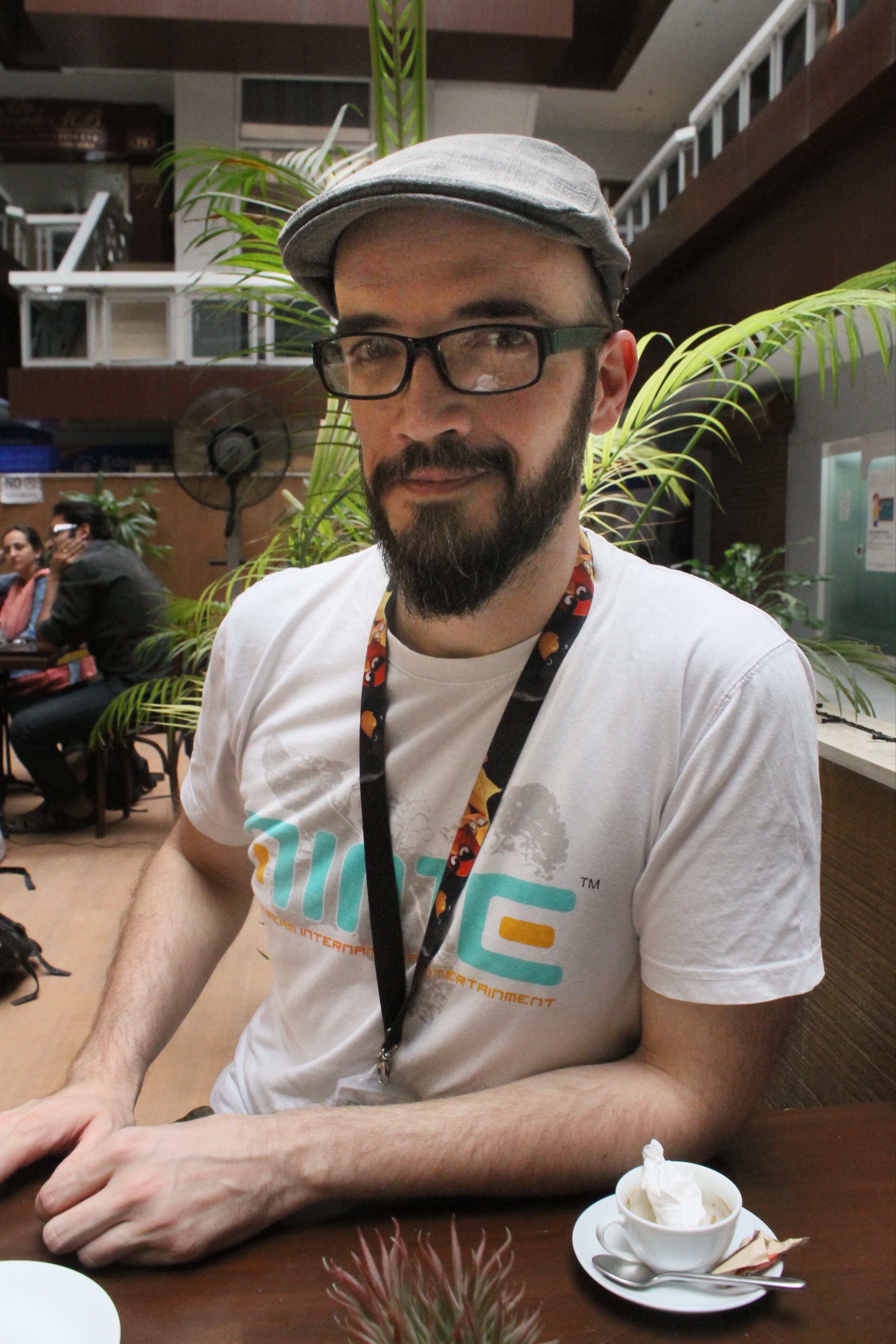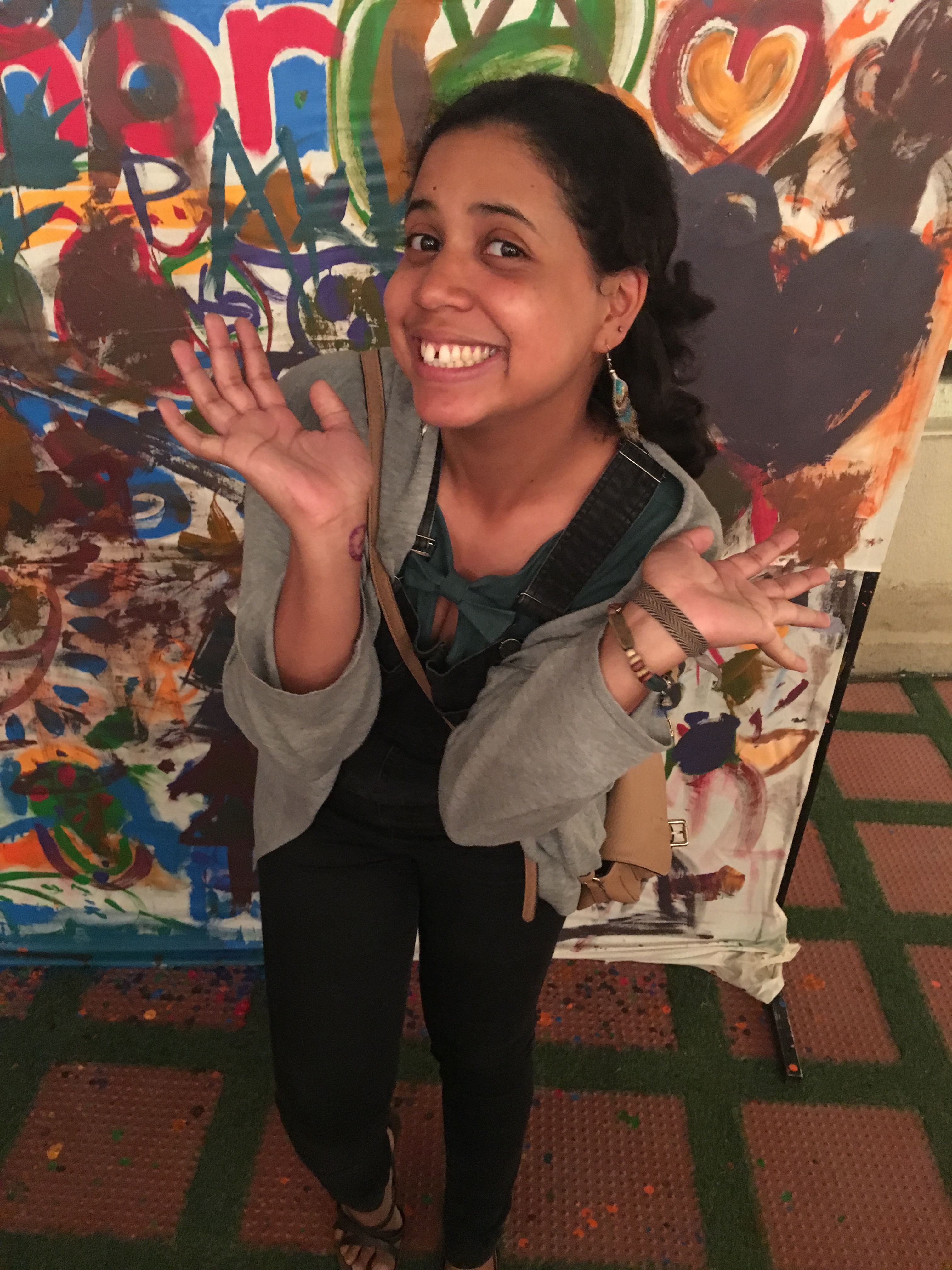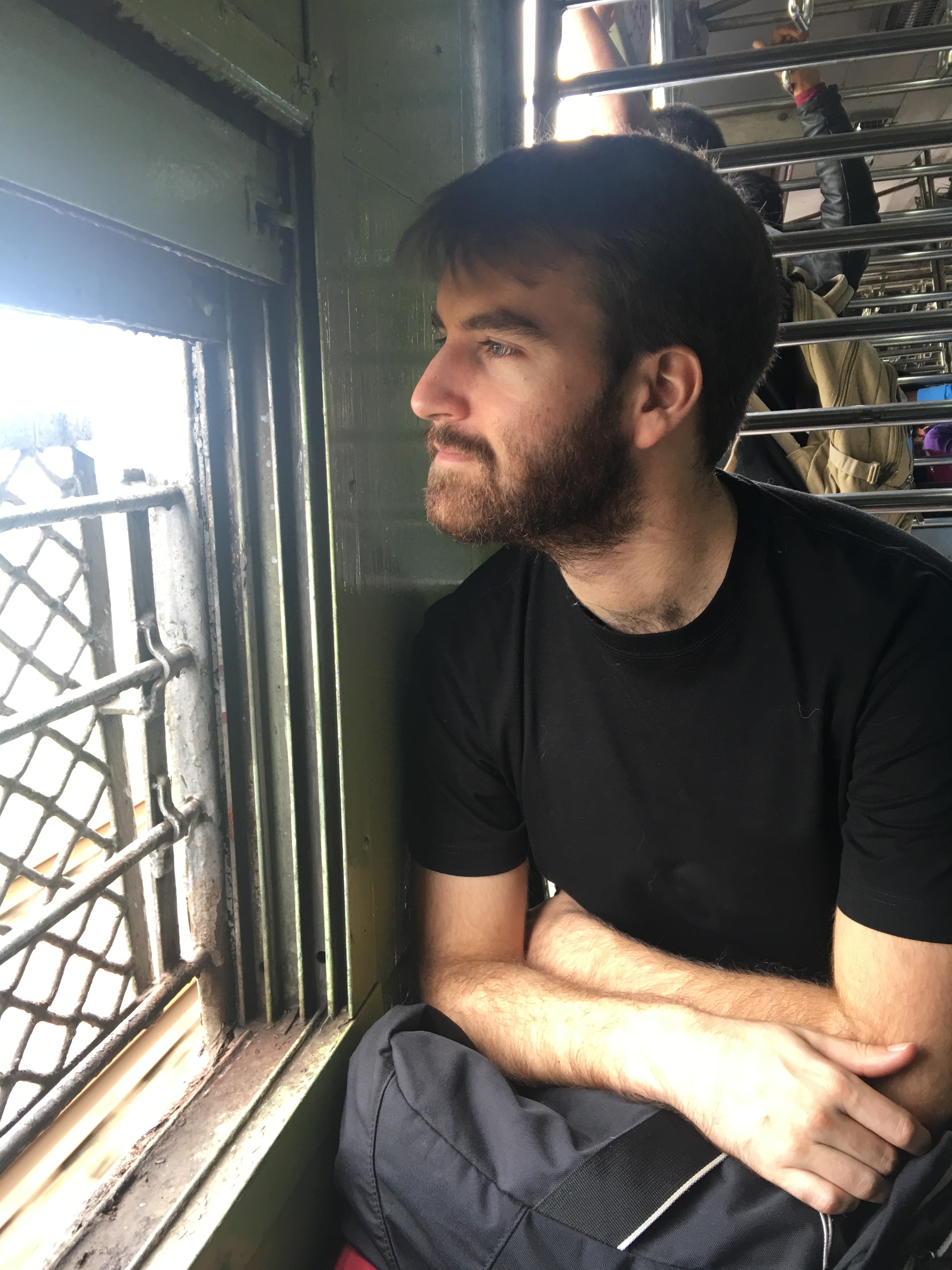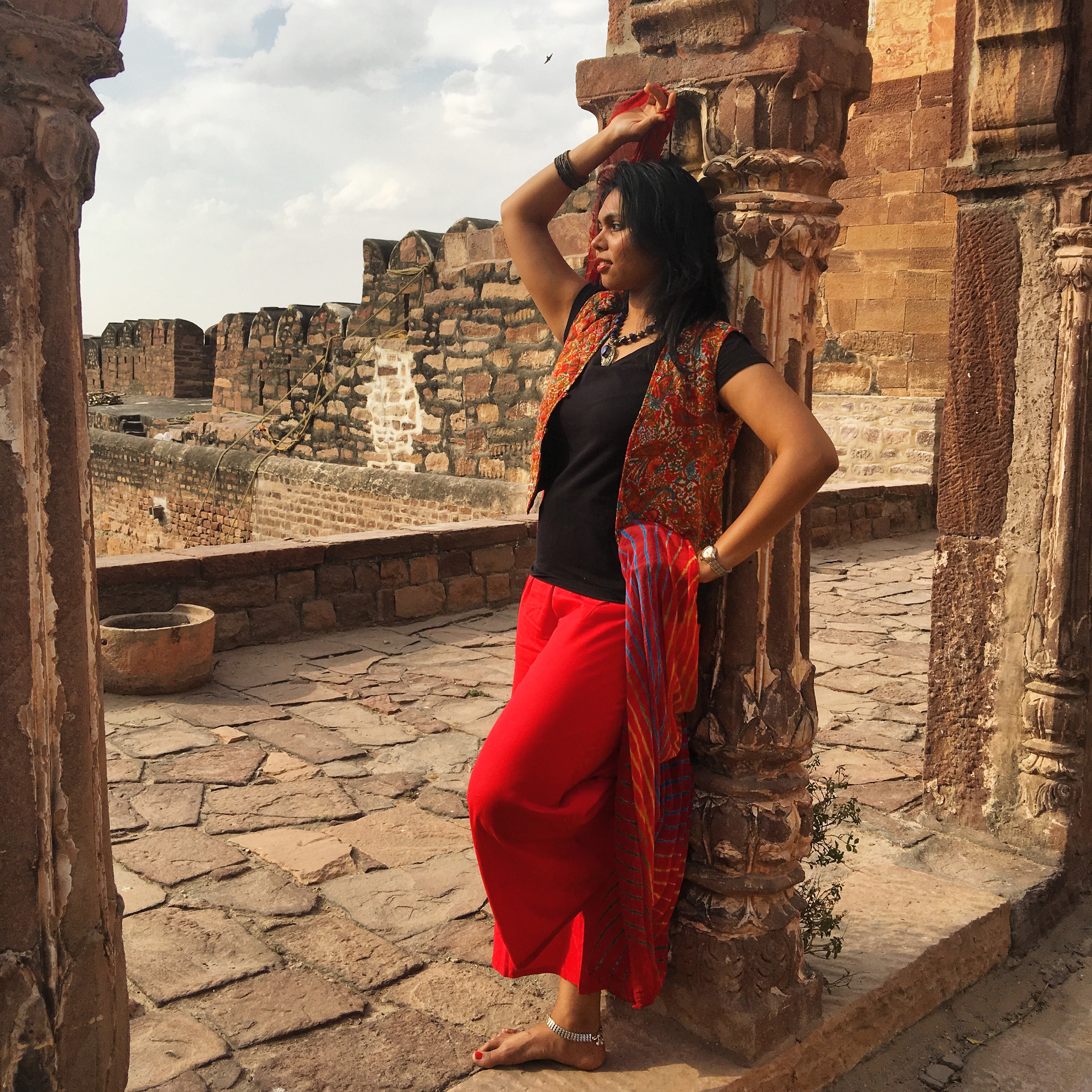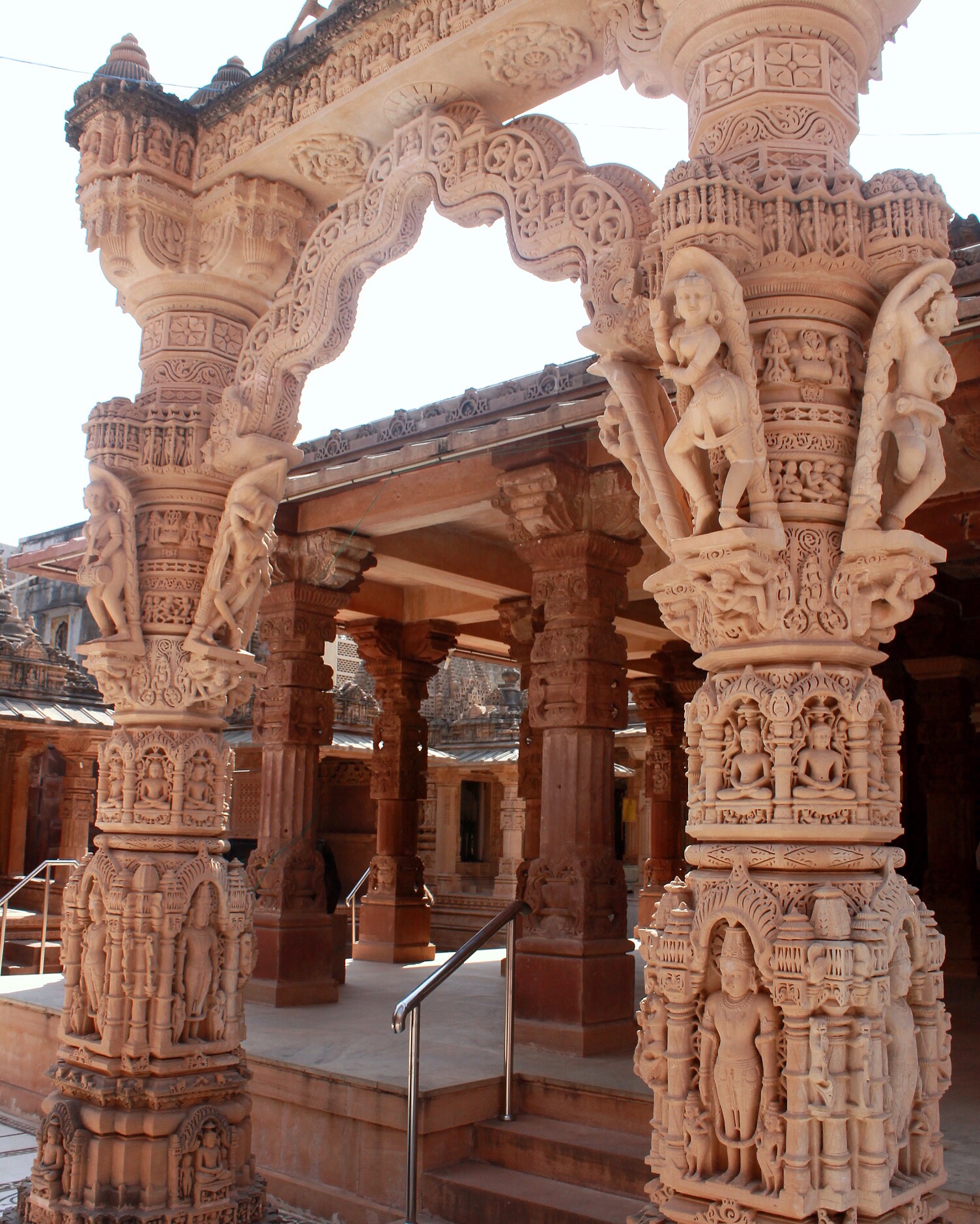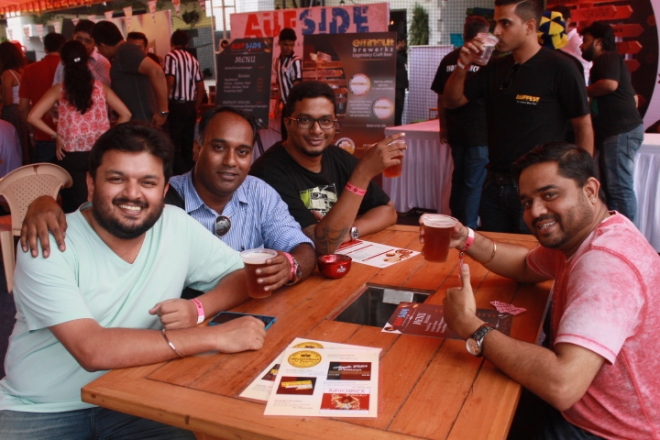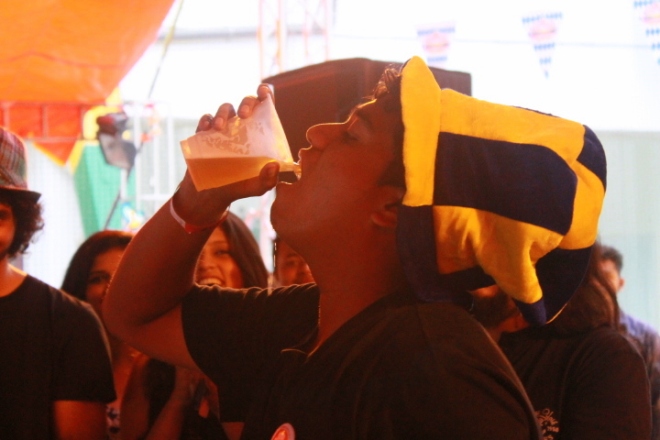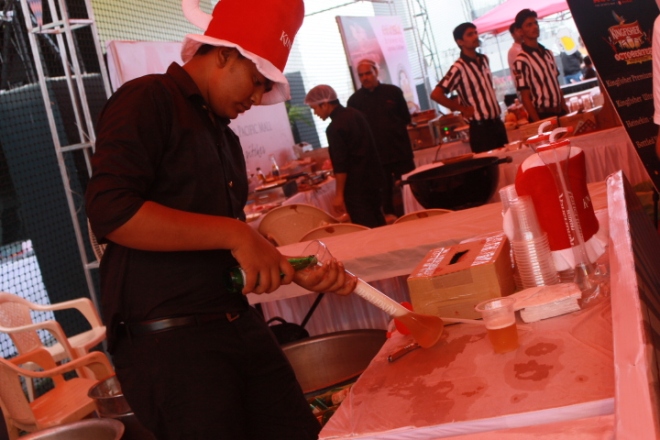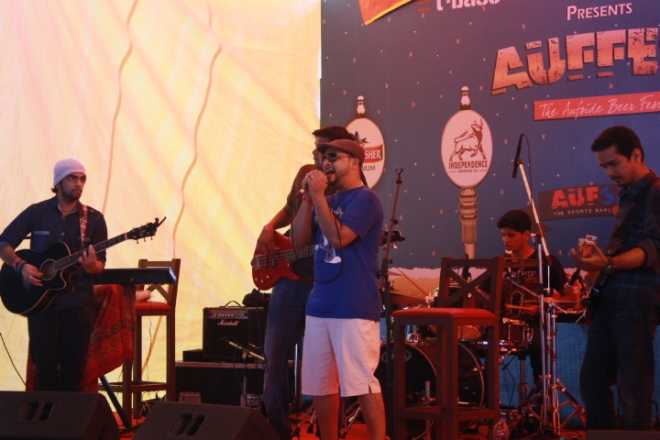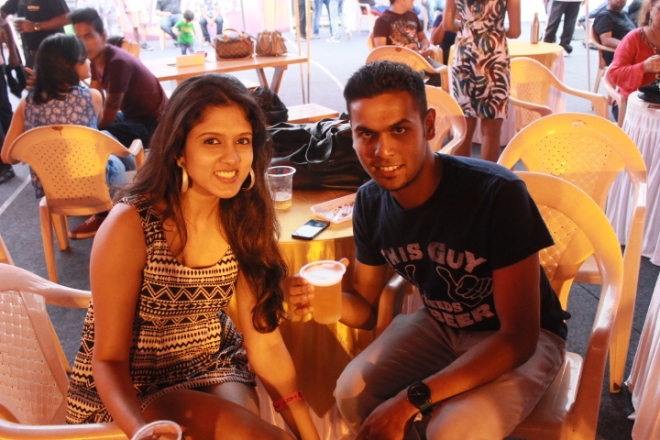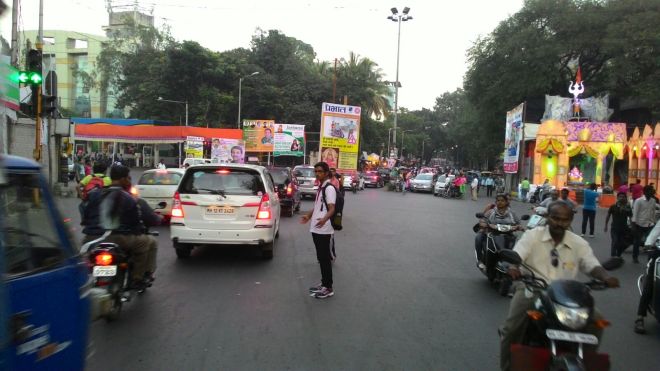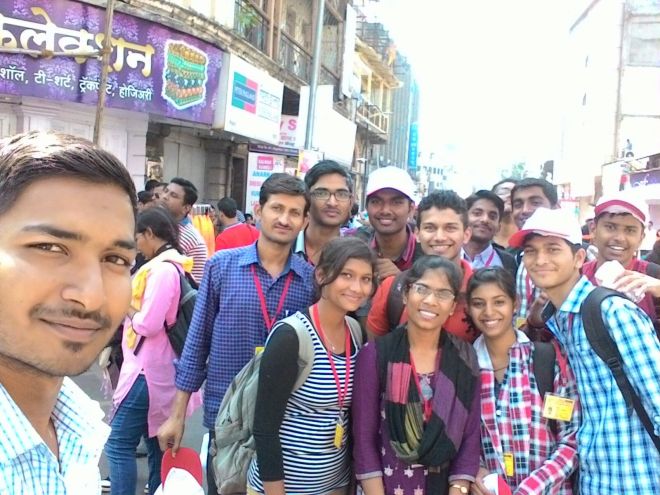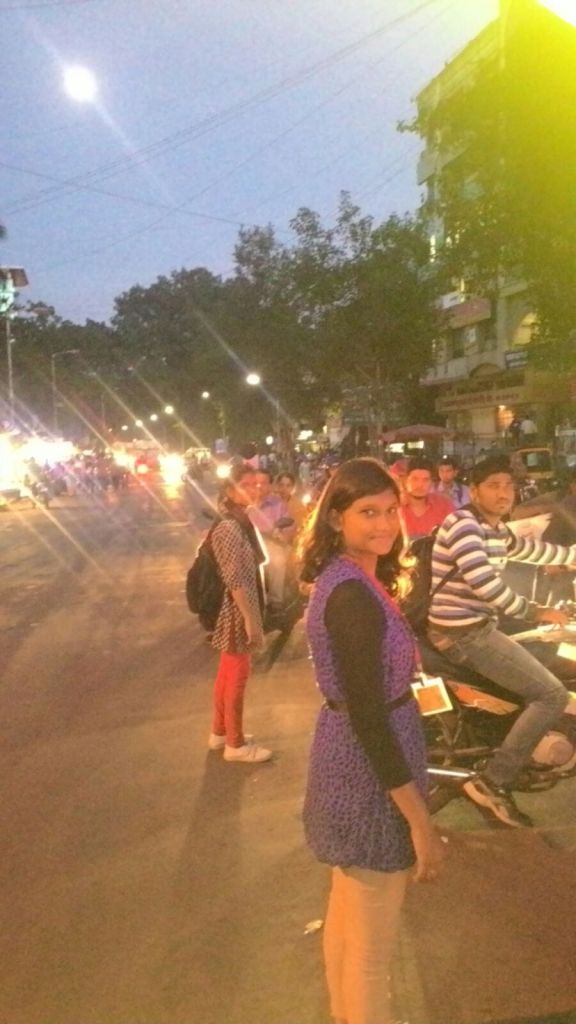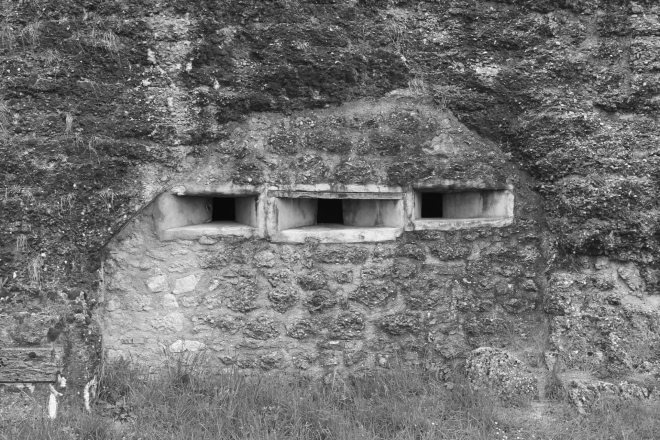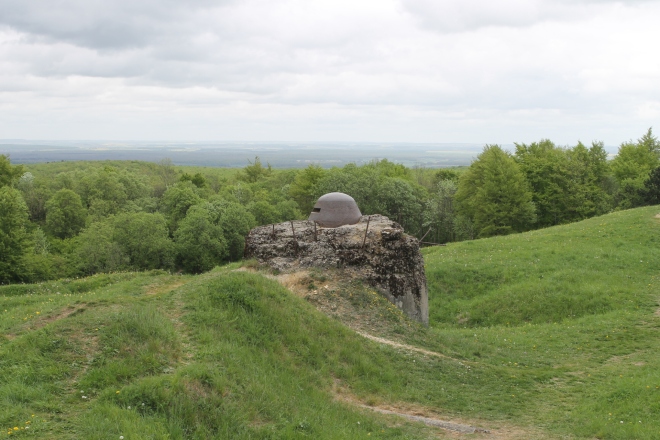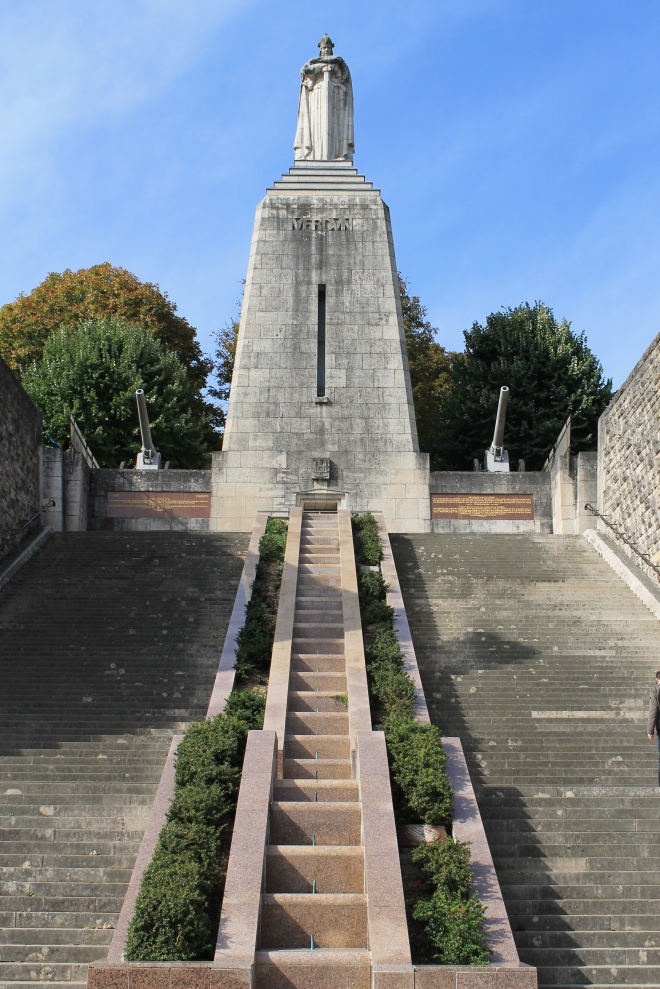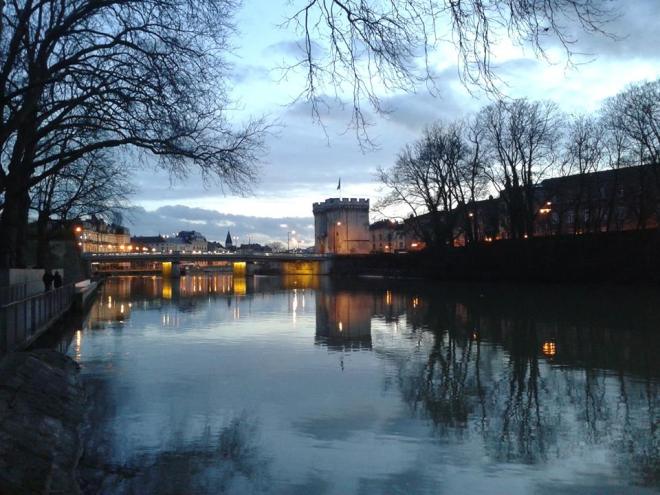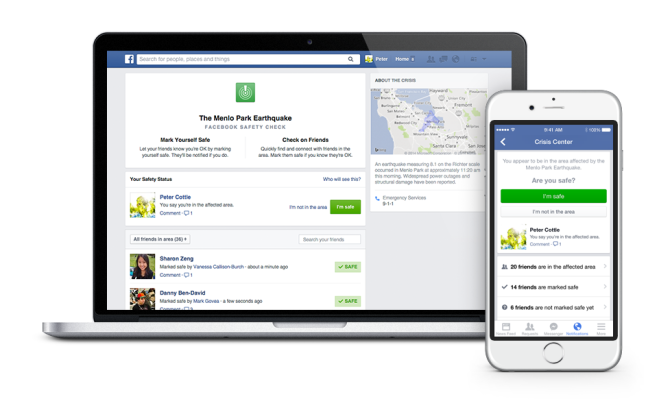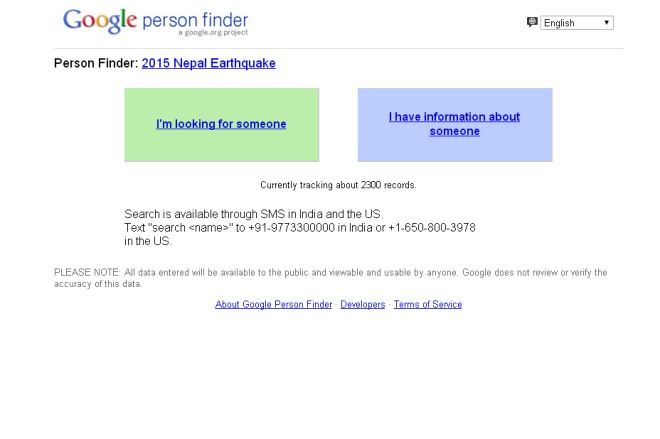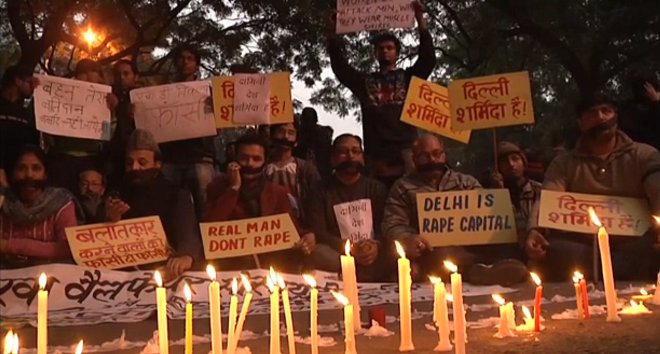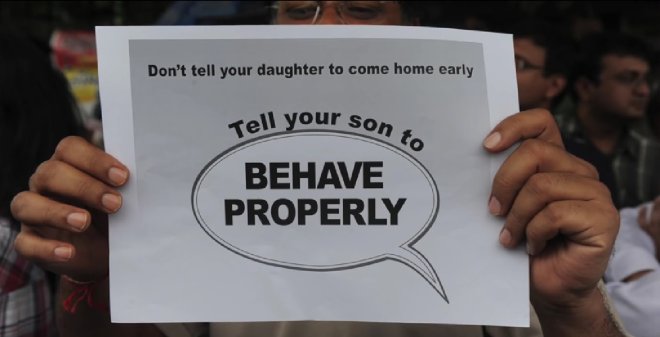Exclusive: Leslee Udwin speaks from central London about the controversy surrounding the documentary

Leslee Udwin speaks at the Frontline Club Photo Credit: Indraja Gugle
A special screening of the documentary ‘India’s daughter’ was held at the Frontline Club in London earlier this month.
India’s daughter, a film on the Nirbhaya gang rape in December 2012, became a controversy especially because of the scandalous comments made by one of the convicted rapists and their lawyers. Some even called it a “global conspiracy” to shame India in the world.
Leslee Udwin sheds light on this aspect, why giving a voice to the rapists was important and the “witch hunt”-like situation she seems to be caught in.
Reason for making this film
“It was the protests and the protests only that took me there,” states Udwin.
The brutal gang rape of 16 December 2012 shook the entire country and widespread protests went on for more than a month displaying the level of public anger. Men came on board in large numbers for the first time.
Protests were spontaneous eruptions of hope – Udwin
Clips in the film showed peaceful protests that had turned into a battleground as there were water cannons, tear gas and lathi (baton) charges in the freezing December cold where hundreds got injured. Yet, protestors refused to back down.
“They were spontaneous eruptions of hope, a demand by civil society for a conversation about something they wanted an end to. They wanted an end to women not having any respect, not having any autonomy,” states Udwin.
Out of proportion platform given to rapists
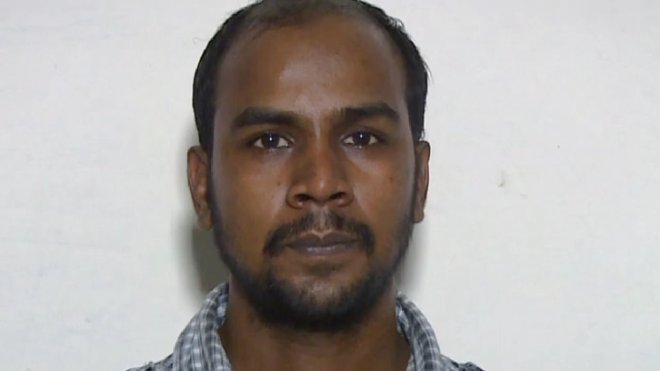
Mukesh Singh, one of the rape convicts, whose comments in the film created controversy Photo credit: http://www.vimeo.com
When asked about why she chose to give a platform to the rapist, Udwin’s answer is sharp.
“Is it allowed then to give a platform to politicians in Parliament who say worse things than what this rapist says in the film?”
She refers to Yogi Adityanath, a BJP MP, who went on record telling men to dig up the bodies of dead Muslim women and rape them.
“Who gives a platform to them to talk about women like they are filth and to talk about women like they bear the responsibility of rape?” states Udwin.
Through her documentary, Udwin intended to answer questions like ‘Why do men rape?’ and ‘Why does violent rape happen?’ so that society could learn from it and make changes.
“If I had to make a worthwhile documentary I would need to know what’s in their minds – how they think, how they view women, how they are brought up, what set of attitudes have been inculcated into them.”
Mukesh Singh’s unapologetic words – a girl is more responsible for rape than a boy – and the views held by the lawyers appeared to answer these questions.
Leslee Udwin – a foreigner who gave a bad name to India?
One of the instant public reactions to the film was that the filmmaker, a foreigner, was defaming India in the world by making a film on the Nirbhaya gang rape case.
‘This British woman’ is in fact not even British. Udwin, an Israeli, spent the first nine years in Israel and her formative years in apartheid-stricken South Africa. She then moved to England and later to Denmark.
She states, “We are living in 2015. We are global citizens. I do what I do as a woman of the world and I have every right to do it.”
All men in India don’t think alike, argue Indians.
She reveals that because this was such a pressing issue, she did not even wait to raise funds and used what was available to her, like exchanging leftover Singapore dollars from an old trip for money. She jokes that since documentaries didn’t earn much, she was still “out of pocket” on the film, silencing claims that she made the film for commercial purposes.
Statements made by the rapist and the lawyers repeatedly portray women as not being equal to men and that they deserved rape if they went against patriarchal norms of the society.
According to many activists and the public in general, these statements implied that all men in India thought alike.
Women’s rights activists wrote a letter to Prannoy Roy, co-founder of NDTV, saying that the film served to “push back the work of the women’s movement in India, which is engaged in contesting and challenging this mindset.”
Farhan Akhtar, Bollywood actor and writer, expressed on Twitter, “Watched #IndiasDaughter last night at the U.S. premiere in NYC. Raises some serious questions about the concept of masculinity…The filmmaker’s intent is clear. It is not to defame India but use an event that reverberated around the globe as the basis for her study…” [sic]”
Farhan Akhtar is the founder of MARD (Men Against Rape and Discrimination), a social campaign launched in 2013 following the Nirbhaya gang rape in December 2012.
After the film went viral, a petition was made to debar lawyers M.L. Sharma and A. P. Singh whose statements in the film denounced the dignity of women. The film is already heralding change and opening up discussions to tackle the mindset that is crippling the position of women in India.
“There have been more discussions in the last three or four weeks than there have been in ten years,” adds Udwin.
Legal aspects and how it came to be banned
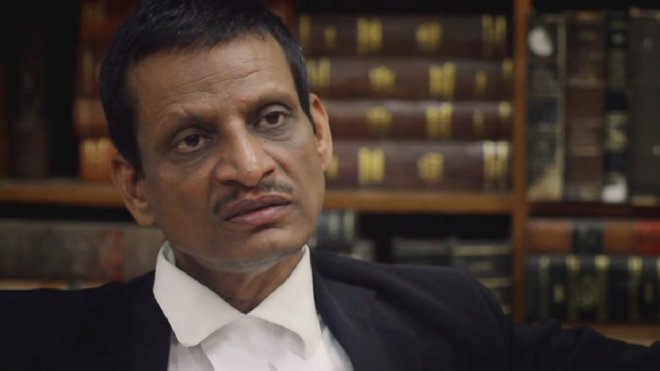
Defence lawyer ML Sharma – “In our culture, there is no place for a woman” Photo credit: http://www.vimeo.com
The Nirbhaya case being sub judice was another argument pushed by many Indian activists.
Very little progress has been made on the case even though it is in the fast track court.
“I know it could take years for the Supreme Court to make a final decision in this. And this is a pressing issue which needs airing now,” urges Udwin.
The fast track court system in India has been criticised for their rather slow delivery of justice.
However, the filmmaker who has been producing films since 20 years did not directly plunge in. She took opinions of high court judges, high court lawyers and Supreme Court judges.
Udwin was betrayed by one of her colleagues whose actions lead to the banning of the film in India
After she showed the film to prosecution lawyers for their opinion, she was told that “it was 100% accurate to the case” and that there was no reason whatsoever not to show it.
But Udwin reveals that she was betrayed by one of her own colleagues on this project who, for ulterior motives, alerted Indian media outlets that a film on the Nirbhaya gang rape was about to launch which also held inflammatory statements by one of the rapists.
When the Indian government became aware about the content of the film, it accused Udwin of breaching the terms of her contract with prison officials. Udwin released the letters of permission on NDTV, an Indian broadcasting channel.
The Indian government then blamed the BBC for airing a documentary with insensitive comments that violated the dignity of women.
The film, due to release on International Women’s Day on 8 March 2015, got stalled on 4 March due to a court order. The BBC respected the Indian court order, however, releasing it the very same day in the UK. It went viral on YouTube and created controversy across the world.
Why India went on its defensive – Censorship gave out the wrong message
The BBC’s editorial policy did not allow for some vital statistics regarding the condition of women worldwide to be portrayed at the end of the documentary.
“When they told me one of the changes they wanted to make was to remove the statistics from the end of the film, my blood froze in my veins,” recounts Udwin. Unfortunately, no amount of persuasion and reasoning would overturn this “misguided decision” of theirs.
Though Udwin had made her intentions clear while pitching the project, statistics like 96% of women being genitally mutilated in Egypt and others were omitted in the edited version that has now been circulated around the globe and on YouTube.
It is this version that gave an impression of fingers being pointed at India for a rape culture prevalent worldwide.
The burning issue – why do men rape?
Apart from poverty, pornography i.e. objectification of women, the real factor behind rapes, which is true the world over, lies in what the society teaches its sons and daughters. That men and women are not equal is a message given worldwide.
Punita Devi, wife of Akshay Thakur, one of the rapists, stated in the film that without her husband, her life had no meaning.
Sheila Dikshit, former Chief Minister of Delhi, has stated in the film that there is a tendency in India to feed the boys first and then the girls, implying that their need for nourishment is greater than a girl’s.
“And if women have no value as Sheila Dikshit said in the film, then there will always be men who will think they can do what they like with them,” adds Udwin.
If women have no value, men will think they can do what they like with them – Udwin
One of the rapists Udwin interviewed had raped a 5-year old girl. She questioned him on how he moved from wanting to do this to actually doing it.
He looked at her like she was insane to pose that question. He said, “She was a beggar girl. Her life was of no value.”
Udwin adds that this problem is not only India-centric but is worldwide. Hence, the statistics were crucial.
“I don’t want India brought to shame because India has led the world by example in these protests. I am thankful to the men and women of India, the forward-looking ones, who fought for my rights in that sustained courageous and inspirational way,” expresses Udwin.
There was an FIR (First Information Report) against Udwin and she was told by her lawyers to get the first plane out of the country. At the Frontline Club in London, she says sadly that she cannot go back to India.
“I love that country and have loved that country for 14 years,” her voice chokes. Criminal prosecutions have begun against Udwin in India.


